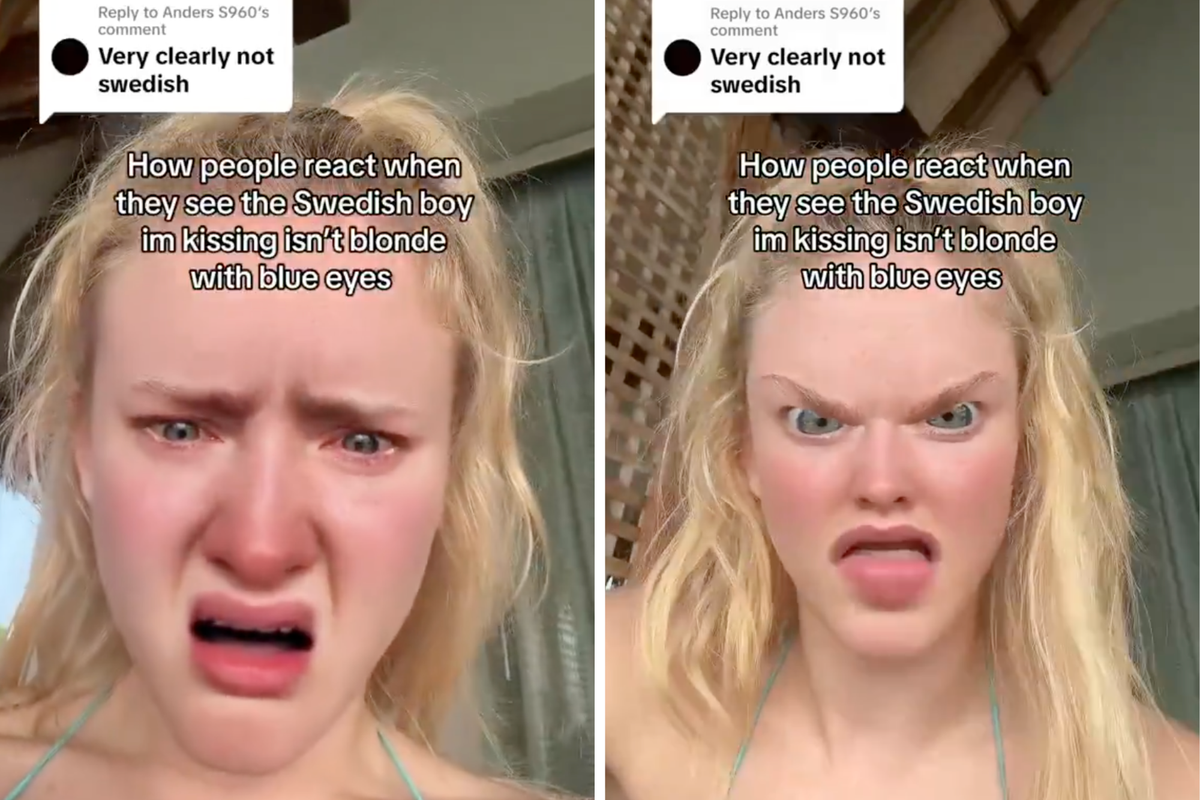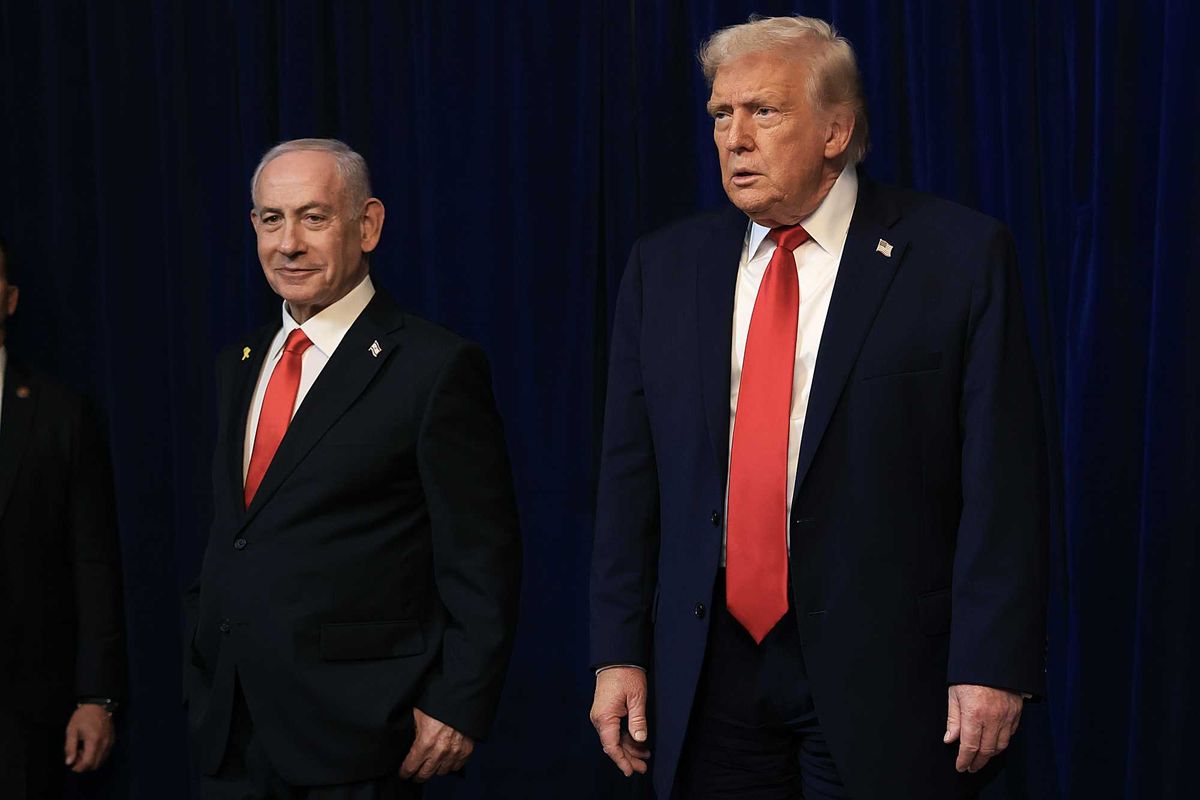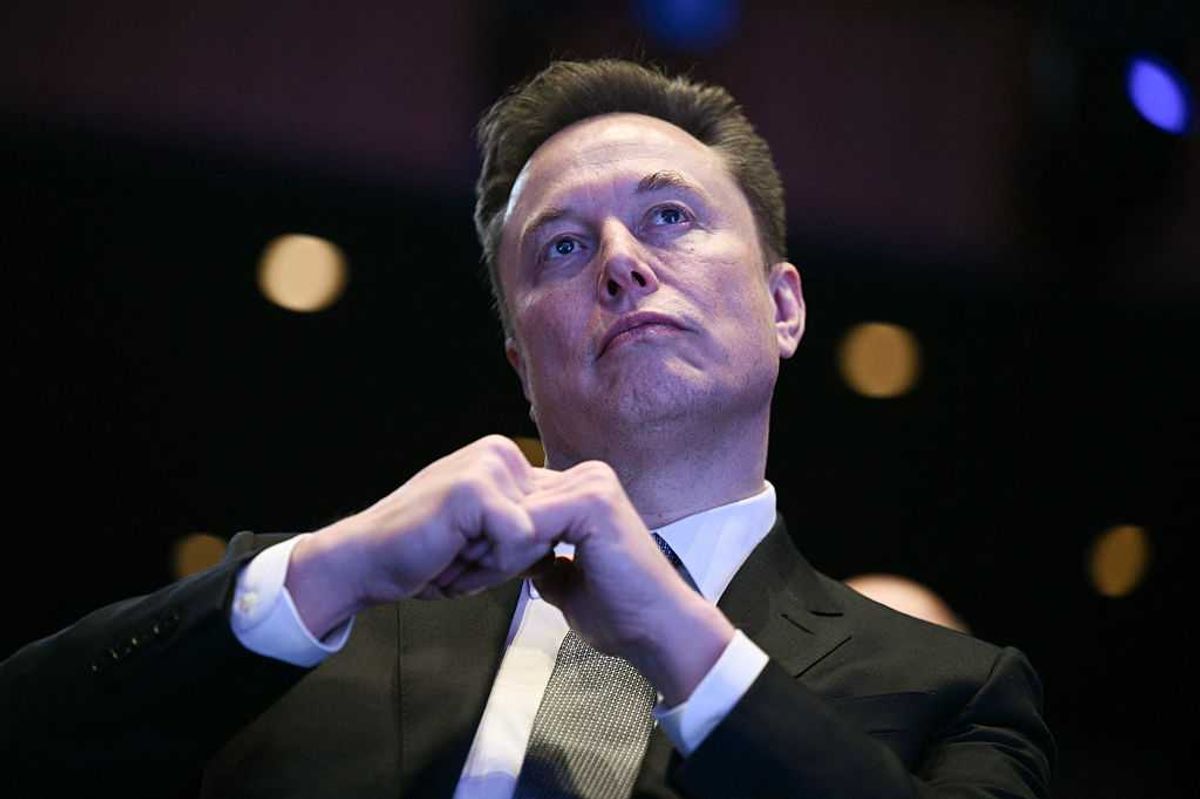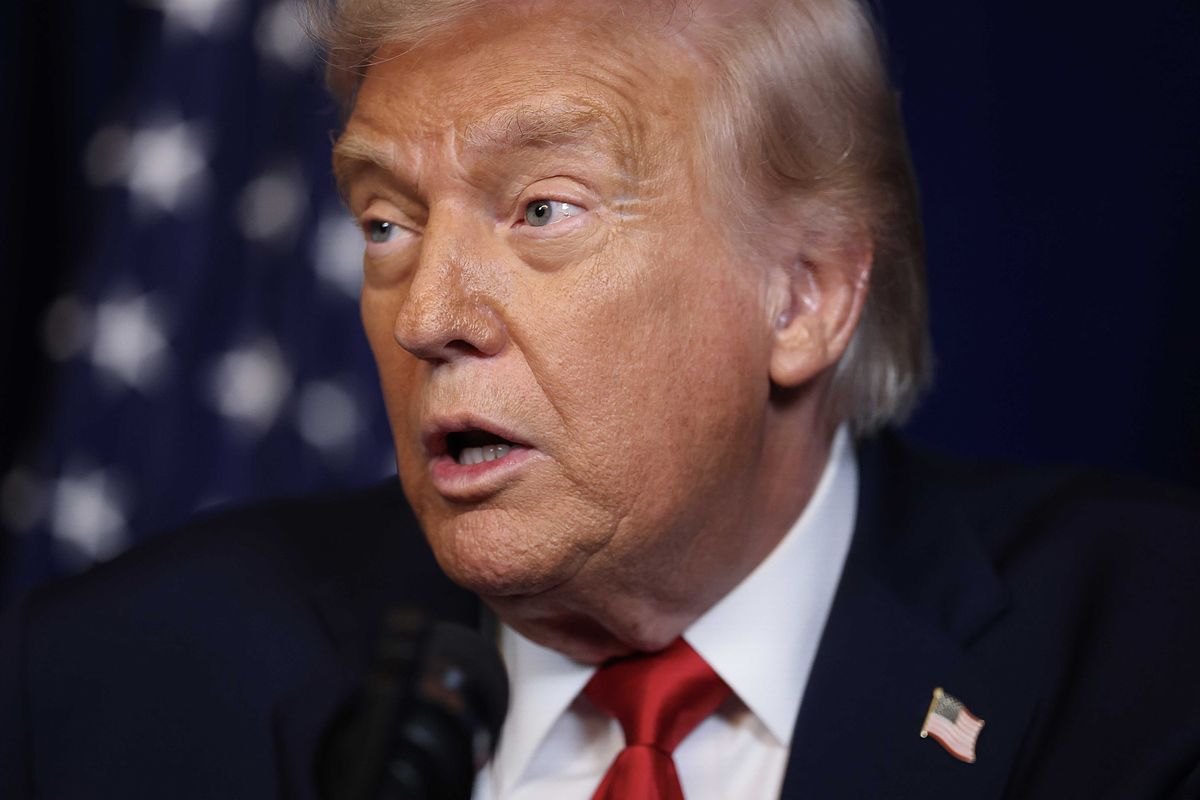News
Jake Hall
Jul 23, 2018
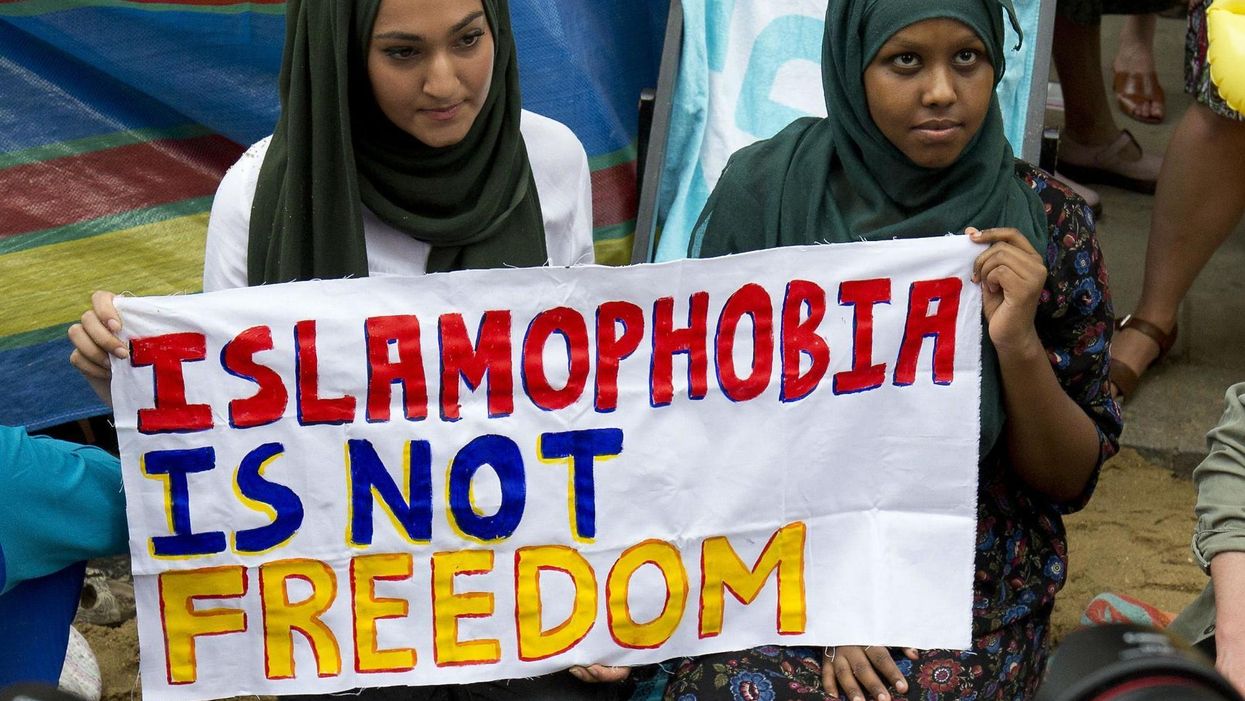
Two women hold a sign at an anti-Islamophobia protest
Getty
The last few years have seen hate crimes figures in the UK steadily rise to extremely concerning numbers, indicating that widespread intolerance is on the rise.
A harrowing new report, released by Tell MAMA, an organisation whose aim is to aid victims of anti-Muslim violence, confirmed this increase hugely affects the UK’s Muslim community; in 2017, a total of 1,330 incidents were reported, of which 1,201 were confirmed to have been motivated by Islamophobia.
These are the highest numbers recorded since the organisation began collating statistics in 2012, and they mark a 16.3 percent increase on the amount of crimes recorded in 2016.
The report details various different categories of hate crime, but offline or ‘street-level’ incidents are still the most common – more than two thirds of cases involved physical altercations on the streets, or the vandalism of Muslim institutions of Muslim-owned properties. This marks a 30 percent increase on 2016 figures.
The number of online attacks has also risen by 16 percent, an increase which the report says can be “partially attributed to the way in which ideologically-motivated accounts felt emboldened by major trigger events, (such as terrorist attacks) and broader Islamophobic discourses in the public sphere".
Anti-Muslim accounts became a topic of nationwide discussion this year when Donald Trump retweeted a series of posts made by “far-right extremist group” Britain First. Other renowned hate-mongers, including ex-English Defence League leader Tommy Robinson, were also permanently banned from the social media site as part of a crackdown on hate speech.
The report also points to a rise in discriminatory ‘Twitter bots’, one of which was linked to a Russian ‘troll army’ and helped launch a xenophobic media campaign fuelled by an image of a hijabi woman checking her phone in the aftermath of the Westminster attack.
She quickly became a target for wider Islamophobia, and was later forced to defend herself. Upon discovering that her image had been circulated as part of an anti-Muslim hate campaign, she reported the incident to Tell Mama, who wrote:
[The use of this image] has undermined the confidence of an innocent young woman who was also caught up in the melee after the attacks.
Examples like these highlight societal willingness to scapegoat innocent Muslims in a wider attempt to buoy Islamophobia.
They also highlight that women are disproportionately likely to be targeted – at a street level, 57.5 per cent of victims were identified as women, whereas 64.6 per cent of perpetrators were men. Of these cases, where ethnicity and gender data was available, 72 per cent were white men and the most common age range of perpetrators was surprisingly young, at 13-18.
In a press release issued alongside the report, director Iman Atta explained:
We are in deeply worrying times where people are looking for certainty, and what they are getting is instability at a political and societal level.
This means that, at times like this, minority groups are the ones who suffer the anger of those looking to vent their fears, insecurities and concerns.
This suffering occurs most frequently on public transport and is often violent – 70 percent of street attacks were listed either as ‘abusive behaviour’ or ‘physical attack’. Crucially, media coverage of sensitive incidents – particularly terror attacks – can also be complicit in this rise of Islamophobia.
In the week following the Manchester attack, for example, Tell MAMA reports a 700 percent increase in reports of abuse, indicating that incendiary newspaper headlines can be guilty of exacerbating the problem. By contrast, figures show that 2017 saw a 92 percent rise in arrests of white terrorists in the UK. Comparatively, these statistics have been under-discussed.
Language also matters; initial headlines written about this year's Finsbury Park mosque attack largely described 48-year-old Darren Osborne as a “loner” as opposed to what he actually was: a terrorist.
Recent studies show that the same racial undertones in coverage of terrorism are evident in US media; statistics released by the University of Alabama revealed that attacks committed by Muslim extremists received 357 percent more press attention, despite the well-documented rise in attacks perpetrated by white, far-right extremists.
Overall, Tell MAMA’s report paints a damning portrait of a country whose intolerance only continues to grow, encouraged in no small part by a rise in anti-Muslim rhetoric across UK media. As vandalism, online hatred and street crime perpetrated by young attackers rise in frequency, Atta points to a growing need for unity:
The younger perpetrator base seems to indicate that online anti-Muslim hate may be bleeding out into wider society and into a younger demographic.
More than ever, we need to come together and redouble our efforts against those who seek to divide and play off communities against each other.
Read the report in full here.
More: Everyone should read this guide about what to do if you see Islamophobia
Top 100
The Conversation (0)







